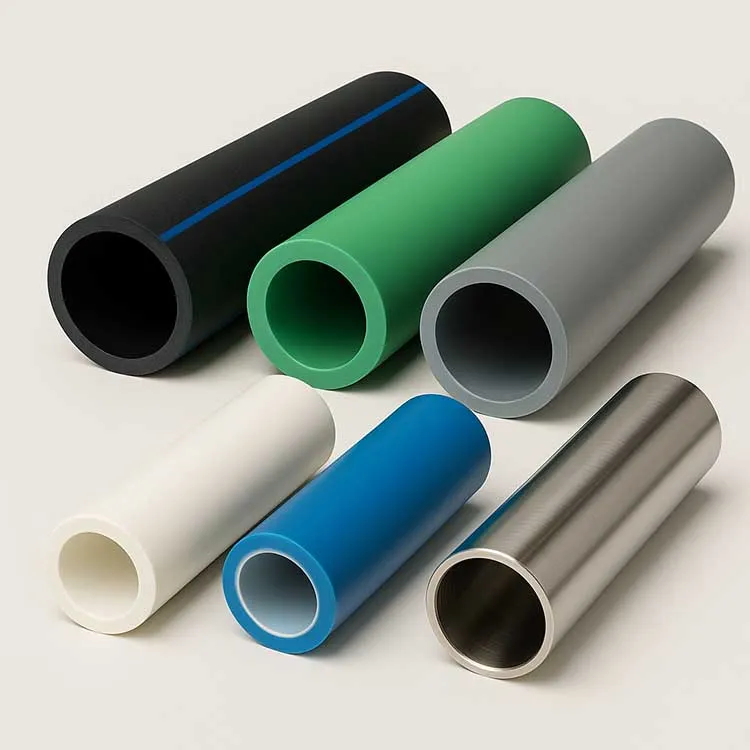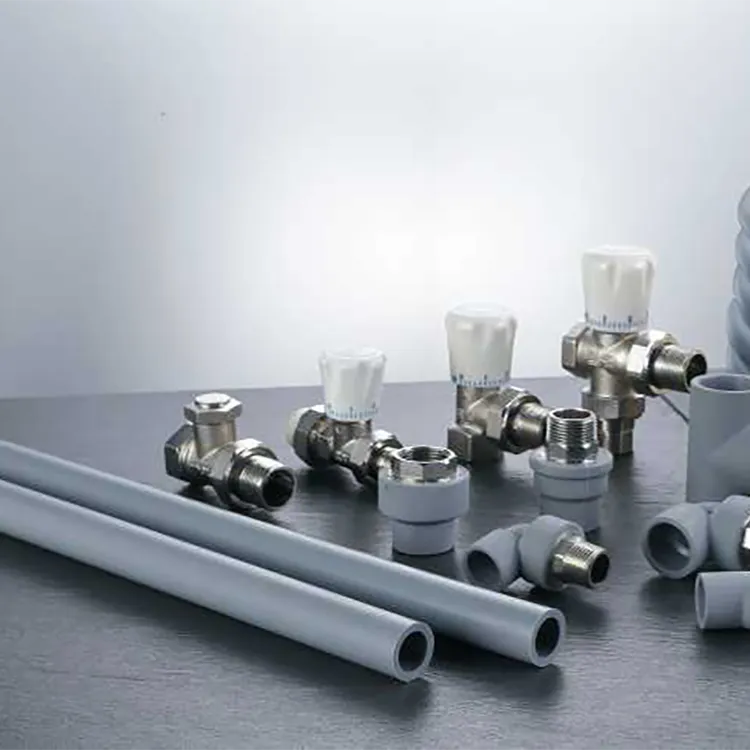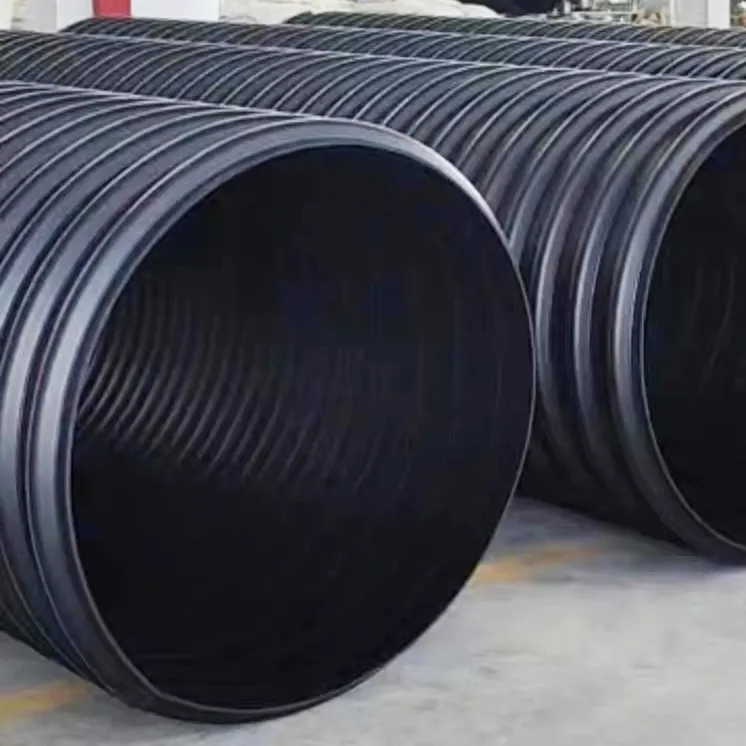Septic tanks have the advantages of simple structure, easy management, no power consumption and low cost, and are widely used in the primary treatment of domestic sewage. However, in practice, it is found that septic tanks have many shortcomings, such as low removal rate of organic matter, unmanned management and cleaning, overflow pollution of the environment, leakage of groundwater pollution, explosions, etc. This article will discuss the new management mode of septic tanks, and provide reference for other areas to explore the management mode of septic tanks. Septic Tanks made of PE/SMC are very common in Mongolia, usually the Specifications of Septic Tanks include these. If you are engaged in or operating Septic Tank-related business in Mongolia, it is recommended to purchase Septic Tanks made of PE/SMC. We can provide various specifications.
PE Septic Tank | Specification | Septic Tank Sizes | Nozzle Sizes |
1.0m³ Split Septic Tank | 1740*975*940*4mm | 400*315*315 | |
1.2m³ Split Septic Tank | 2009*1082*1037*4mm | 315*200*315 | |
1.5m³ Split Septic Tank | 2035*1130*1100*5mm | 400*200*315 | |
2.0m³ Split Septic Tank | 2355*1210*1165*7mm | 315*200*200*315 | |
2.5m³ Split Septic Tank | 2760*1220*1200*7mm | 400*200*200*400 | |
SMC Septic Tank | 1.0m³ Split Septic Tank | 174*97.8*49.5 | 200*315*200 |
1.2m³ Split Septic Tank | 181.8*117.8*59.8 | 200*315*200 | |
1.5m³ Split Septic Tank | 181.8*117.8*59.8 |
Problems and management status of septic tanks
Existing problems
Due to improper design, construction, operation and management, the sewage treatment capacity of septic tanks is reduced, and some septic tanks have become new sources of environmental pollution. The septic tank needs to regularly remove the sludge and transport it to landfill or use it as a fertilizer port. Due to the untimely cleaning, problems such as blockage and overflow are prone to occur, affecting environmental sanitation, receiving complaints from residents, and there are hidden dangers such as spreading germs. The septic tank cleaning market is chaotic, and the cleaning team's technology is not standardized. Some private cleaning companies even dump the cleaned dung at will in order to save costs, causing secondary pollution. Septic tanks are generally plastered with brick cement mortar and have poor impermeability. Leakage will inevitably occur, and there is a possibility of polluting the nearby underg.round water supply network. When the management is not good, the feces will harden and block the airway, and a large amount of methane generated during the digestion process will accumulate in the pool, which will easily cause explosion accidents, causing casualties and property losses. In addition, when the septic tank overflows due to various reasons, the overflow dung water will enter the river or ocean with the rainwater system, making the septic tank a land-based pollution source of river or ocean pollution.
Current status of septic tank management at home and abroad
Developed countries such as the United States and the United Kingdom have accumulated rich experience in the effective use, scientific management, and efficient maintenance of septic tanks, which mainly include: ① Formulate diagrams and maps of the precise locations of septic tanks, sewage discharge areas and backup sewage discharge areas chart. ②Installing a filter at the water outlet of the septic tank is conducive to promoting the efficient function of the 500 gallon septic tank. For example, the Montana Sewage Treatment Association of the United States proposed to install a filter at the outlet of the septic tank to prevent the solid sediment in the tank from being discharged into the pipeline with the sewage. Practice has proved that works well. ③Enhance water-saving publicity to avoid overloading of 500 gallon septic tank. ④Try to avoid the use of cleaning products such as strong acid and strong alkali, and minimize the entry of dirty oil and greasy substances into the 500 gallon septic tank. ⑤ Pay attention to the implementation of the responsibility system in septic tank cleaning, inspection and other maintenance activities. Customers in Mongolia want to know more about the parameters and knowledge related to PE/SMC, you can refer to this article. The following picture is smc septic tank.
949303.webp)
Septic tank monitoring
As a kind of front-end treatment facility for fecal sewage, septic tanks are generally divided into two or three compartments. After the septic tank runs stably, the removal rate of SS can reach 50%-60%, and the removal rate of BOD can reach 20%-30%∽1. Carry out all-round monitoring and strengthen management of the septic tanks that have been built in the demonstration area, select representative septic tanks, regularly sample the sewage and bottom sludge at the inlet and outlet of the septic tanks, and evaluate them according to the water quality and mud quality detection indicators Its operating status, and plan the emptying cycle and clearing volume based on this, and provide detailed information and decision-making basis for follow-up work.
Selection of representative septic tanks
The selection of representative septic tanks is based on the model of the septic tank and the type of the service building. , office public buildings and public buildings), combined with the models of septic tanks and types of service buildings, a total of 52 types of representative septic tanks are arranged and combined, but not every representative septic tank appears in the demonstration area , It needs to be decided according to the investigation results of the 500 gallon septic tank.
Combined with the monitoring workload, 5 septic tanks were randomly selected for each representative type, and if there were less than 5 septic tanks, all of them were selected as sampling septic tanks. After the sampling septic tank is determined, it will be displayed on the electronic map.
Septic tank sampling
Water and mud samples from the septic tanks were used to monitor their operating conditions and predict the optimal period of service and cleaning cycle for each septic tank. In order to ensure the representativeness, continuity, comprehensiveness and authenticity of the data, it is required to clean and flush the septic tank before sampling. In order to make the monitoring results applicable to other unsampled septic tanks of the same type, the same type of septic tanks in the demonstration area were cleaned at the same time. Before the dredging is sent to the river sewage treatment plant for joint treatment with sewage, all the dredged
The waste is first sent to landfill for disposal. Take the sewage from the inlet and outlet of the septic tank and the sludge at the bottom of the first compartment. Generally, there is a layer of feces skin on the inner surface of the septic tank. After measuring its thickness, break it up and remove the lower layer of sewage and sludge. Sewage mixed. All the samples of each representative septic tank were collected within 1 day, and different types of septic tanks could be sampled according to the personnel, specific location, etc.
arrangements for the actual situation. Water quality detection indicators include pH value, c0D, BOD;, SS, NH, -N, TP, etc. When the water quality test shows that the treatment effect of the septic tank is very different from the above treatment rate, it means that the operation effect of the septic tank is not good. In addition, after the septic tank has been in operation for a period of time, the sewage treatment rate will show a certain change pattern. When the treatment rate changes from high to low, it means that the sewage treatment effect is getting worse. When taking samples, record the meteorological parameters and the operating conditions of the septic tank, including water depth, sludge volume and skin thickness. The sampling cycle is 1 time/month, and the monitoring time is 1 year. The following picture is pe septic tank, some time ago, a customer in Mongolia bought a septic tank made of this material.
943083.webp)
Septic tank cleaning
Determination of cleaning cycle of septic tank
The main maintenance measures for the normal operation of the septic tank are regular cleaning. According to Article 4.8.6 of the "Code for Design of Water Supply and Drainage for Buildings" (GB 50015-2003, 2009 Edition), the cleaning period of the septic tank should be 3 to 12 months according to the temperature of the sewage and the local climate conditions. Generally, when the average temperature of sewage in winter is 10°C, the time for sludge to decompose and ferment until it decomposes into inorganic residues is 120 days, so the cleaning period should not be less than 120 days. When air temperature and sewage water temperature are high. When you can take a low value, otherwise take a high value ∞. The main basis for determining the cleaning period of the septic tank in the demonstration area is that on the premise that no silt overflow occurs in the septic tank, according to the monitoring indicators, after the treatment effect of the septic tank reaches the optimum, the cleaning is considered when the operation effect becomes poor. . When the following situations occur, the cleaning of the septic tank should also be considered: ① When the thickness of the fecal skin is > 40 cm, it is recommended to clean it; ② The height of the scum at the bottom from the outlet pipe is less than 7.5 cm; ③ The sludge volume at the bottom accounts for 50% ; ④ The surface (water surface) is less than 250 cm from the top of the tank; ⑤ The effect of sewage treatment becomes worse; ⑥ Residents complain about the overflow of the septic tank; ⑧Clear at least every year once. After a monitoring period of one year, the cleaning intervals of all representative septic tanks in normal operation can be determined.
Disposal of empties
The emptied septic tanks in the demonstration area are planned to be sent to the Dongbozi pumping station. After preliminary treatment at the pumping station, they will be transported by the municipal sewage pipe network to the river sewage treatment plant for joint treatment with sewage. Dosing septic tank emptying after disposal, the influent water quality and water volume of the sewage treatment plant will change, which will have an impact on the treatment process of the sewage plant and affect the treatment effect. In order to ensure the normal operation of the sewage treatment plant, it is required to have a certain limit on the amount of emptied material, and the operation mode and control parameters of the sewage plant need to be adjusted accordingly. Therefore, it is necessary to monitor the water volume and water quality of the inflow and outflow before and after adding septic tank empties in the sewage treatment plant, so as to provide a basis for adjusting the operating parameters of each treatment unit in the sewage treatment plant.
Overflow sewage monitoring
The drainage system in Laishan District and Zhifu District is basically a combined system, and part of the septic tank effluent is connected to the rainwater pipeline. When the septic tank overflows, it will flow to the ocean and become land-based pollutants of marine pollution. Determine 5 overflow sampling points in the demonstration area, monitor the water volume and quality of overflow sewage, evaluate the impact of septic tank overflow sewage on the environment, and assess whether the pollution of land-based pollutants to the Yellow and Bohai Seas can be reduced after the implementation of the demonstration project. Considering the workload of sample analysis, water samples are taken once every two weeks in the dry season, once every three days in light rain and moderate rain, and once a day in heavy rain, and the detection indicators are the same as those of septic tank sewage. If you want to know more pe/smc septic tank details, please contact us.



981.webp)

 (1)379.webp)

294.webp)
476.webp)
420.webp)
146.webp)
460.webp)
287.webp)
274.webp)
688.webp)


